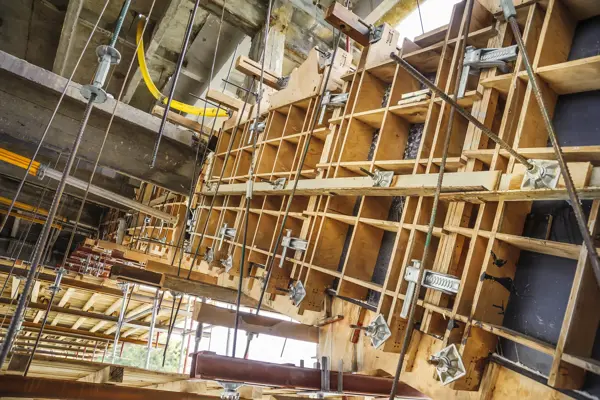Table of Contents

7 essential ingredients for international change management

One constant for CIOs is change: International mergers, acquisitions and the continual demand for digital transformation. These changes invariably present new challenges. How do you get all of your employees in different countries on the same page? Do you have a standardised, harmonised and centralised change management program that gets everyone on the same page with every change? These issues are often compounded when working across multiple geographies. That’s why HSO has a proven approach to managing change on global projects, developed to ensure your change program returns measurable success to your business.
1. Let everyone's voice be heard from the start
One multinational usually means a set of companies that have their own systems, processes, language and way of working in each country. If you want to consolidate core systems to have a single version of the truth, it is by no means just a matter of implementing and flipping a few switches. It is critical to have everybody’s voice and requirements be heard in their own language from the start. It's not just about IT but it's also about the business and the business sponsors. Don’t forget to let the end users write test cases during the analysis and design phase. This will save you a lot of work and hassle afterwards.


2. Hold face-to-face meetings
Changing systems also means changing behaviour, there are emotions involved when an interface works and looks differently. It is very important to pick up these emotions and that is not something you can do via digital meetings only. Access to nonverbal cues in face-to-face meetings keeps clarity in change management. This is especially true in preparations, kick-offs and the final rollout. That's why the human touch is very important in adoption programs.
3. Overcome resistance to change
Resistance to change is inevitable; talking through and sharing positive experiences helps. You share that enthusiasm not by handing over the new system all at once, but by showing stakeholders the construction of the new technical platform step by step. Explaining what is going to change and what the new process will look like creates confidence in the project.

4. Keep in touch
If you want to keep everyone aligned in the development phase, you have to talk to each other regularly. It is crucial to go through the list of requirements via call at least once a week. During these sessions and also during sprints you need to validate each step you take. During testing, regular meetings with key users are needed to validate the path taken once again. Make users feel heard and deliver exactly what they need during each sprint.


5. Communicate back and forth
No one likes unannounced changes in work methods. Always make sure that if something changes, people know about this before the actual deployment of new or changed systems and methodology. End users must have the opportunity to go into the system to give feedback so live support can be given. Even more important is to be there when people start working with the new tooling. Our teams are international and have experience working internationally. This means if we need a Spanish speaker to go to the site every two weeks to talk with the people who will be using the tools, we can and do facilitate that from within our own teams. This is invaluable in making-sure end users are comfortable with the new system they will be working with.
6. Break it up
Getting 700 end users in 30 countries to change the way they work all at once is just too much. That's why we break up large projects into smaller parts. Starting with pilot countries with the same language and key users helps key subsidiaries advance the fastest. Not only can you implement feedback faster on a small scale and adapt systems leaner, positive experiences can be shared with other subsidiaries that have not yet switched to the new system. That generates enthusiasm for change.


7. Every region needs its own change manager
With each implementation, HSO International works with the managing directors of main regions to determine the scope. We appoint specific change managers who coordinate the process locally i.e., working with the outcomes of ADKAR-analysis, making impact analysis and helping with a communication plan. This way we keep global strategy aligned with local practice.
Read more
On Global Roll-outs and Change & Adoption
Looking for support with your international change management?
Feel free to contact us







